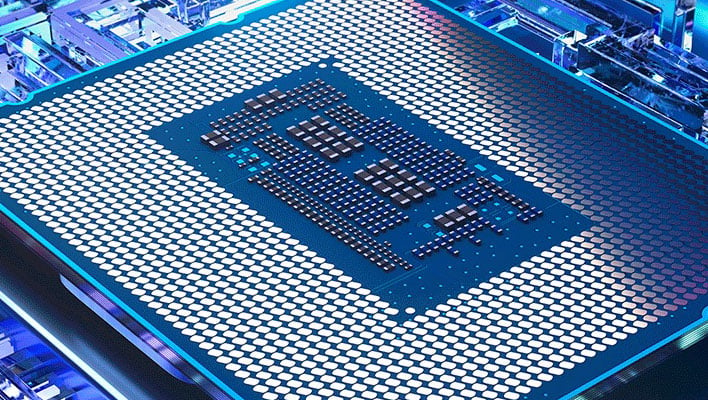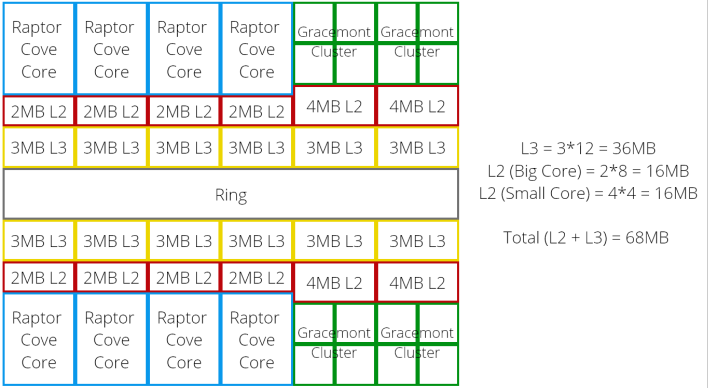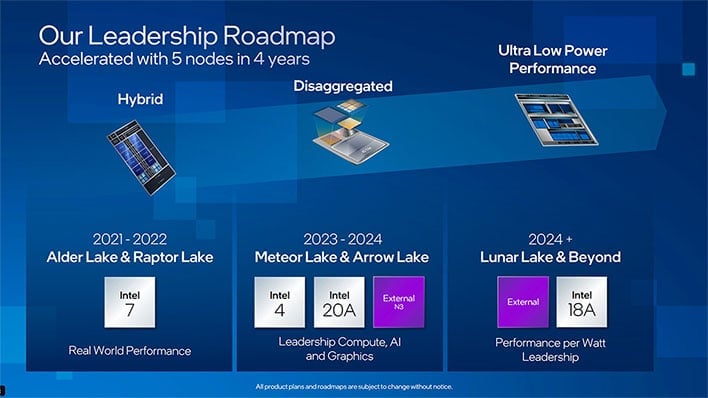Intel's Future-Gen Bartlett Lake Desktop CPUs May Give Gamers An All P-Core Option

This isn't quite the same thing, though; the Ryzen 5 5600X3D and the newer chips like the Ryzen 5 5600GT are all available in the DIY market for folks building their own systems. It doesn't seem like Bartlett Lake is likely to launch there. Instead, it seems like these new CPUs are coming out of Intel's NEX division. If you aren't familiar, NEX is a relatively new business group at Intel that rolled up the company's Network Platforms, IoT, and Connectivity groups. Basically, it's for network infrastructure and edge computing.
So what is Bartlett Lake? Well, it appears to be a family of processors that are fundamentally based on the same technology as the company's 14th-generation Core processors. That means Raptor Lake Refresh gets another refresh, but it's not as straightforward as that might sound. According to the latest leaks from serial leaker RedGamingTech and Chinese-language site Benchlife, Bartlett Lake-S might support a new CPU configuration with twelve full P-cores and no E-cores.

This isn't as crazy as it sounds. Within Intel's processor design, each cluster of four Gracemont E-cores takes up approximately the same amount of silicon space (in fact, slightly more) compared to a Raptor Cove P-core. Each cluster also shares the same 3MB block of L3 cache, and the same single connection to the processor's ring bus. The Raptor Lake processor die features 8 P-cores and four E-core clusters, giving a total of 16 E-cores, as found on the Core i9-13900K and Core i9-14900K.
As such, it actually might be relatively easy for Intel to simply pop the E-cores off the design and replace them with four additional P-cores. Such a design would have a lot of advantages in terms of simplifying scheduling and improving the consistency of performance on a single thread, but it would be fascinating to see what kind of power draw such a chip demands when fully loaded.
These parts are expected to launch with OEMs in the Network & Edge market this year, but that may not actually happen until after the launch of Arrow Lake-S. If you haven't been keeping up, Arrow Lake will be Intel's next mainstream desktop platform, and it'll be a tile-based processor, much like the mobile Core Ultra processors, codenamed Meteor Lake. Arrow Lake is expected to bring the Core Ultra nomenclature to desktops, as well, leaving questions over exactly how Bartlett Lake will be branded.
Gamers and E-core haters shouldn't get too excited yet; there's no guarantee, even if these rumors are accurate and Bartlett Lake launches on LGA 1700, that motherboard vendors will release new firmware to update their boards for these new CPUs. Even if everything said about Bartlett Lake is true, you still might not be able to snag a 12-core 24-thread Raptor Lake CPU and stuff it into your current box. Here's hoping, though.


